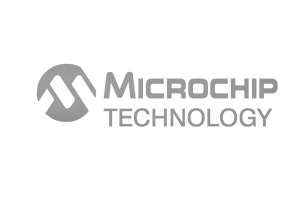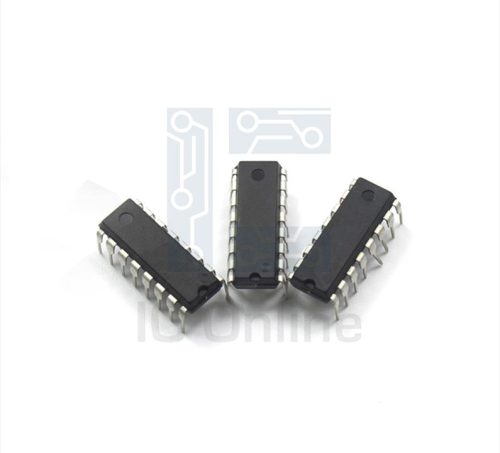2N1480-Transistor Overview
The 2N1480 transistor is a robust bipolar junction transistor (BJT) designed for general-purpose amplification and switching applications. It features a high voltage rating and moderate current handling capabilities, making it suitable for a variety of industrial and consumer electronic circuits. With its reliable performance in linear and switching modes, this transistor supports efficient signal control and power management. Engineered to meet demanding electrical requirements, it provides consistent gain and stable operation under standard environmental conditions. The device is widely recognized for its durability and ease of integration into discrete and hybrid circuits. For sourcing and detailed specifications, refer to الشركة المصنعة للدوائر المتكاملة.
2N1480-Transistor Technical Specifications
| المعلمة | المواصفات |
|---|---|
| جهد المُجمِّع-المرسل (Vالرئيس التنفيذي) | 60 V |
| جهد المجمع-القاعدة المجمِّع (Vالبنك المركزي العماني) | 80 V |
| جهد الباعث-القاعدة (VEBO) | 5 V |
| تيار المُجمِّع (IC) | 0.5 A |
| تبديد الطاقة (PD) | 625 mW |
| كسب التيار المستمر (حفي) | 40 to 320 |
| تردد الانتقال (وT) | 100 ميجاهرتز (نموذجي) |
| Operating Junction Temperature | -65??C to +200??C |
2N1480-Transistor Key Features
- High voltage capability: With a collector-emitter voltage rating of 60 V, it reliably handles moderate power circuits without risk of breakdown.
- Wide current gain range: The device supports a broad DC current gain (40 to 320), enabling flexible amplification levels for various signal strengths.
- Low power dissipation: Limits thermal stress and enhances reliability, making it suitable for continuous operation in compact assemblies.
- سرعة تبديل سريعة: A transition frequency near 100 MHz supports applications requiring rapid response times and efficient signal processing.
التطبيقات النموذجية
- Signal amplification in audio and low-frequency analog circuits, where stable gain and linearity are critical for sound quality and signal integrity.
- Switching elements in power management circuits, such as driving relays or controlling small motors in industrial equipment.
- General-purpose transistor replacement in existing electronic designs requiring consistent performance over temperature and voltage ranges.
- Interface circuits between low-level control signals and higher power loads in automation and instrumentation systems.
2N1480-Transistor Advantages vs Typical Alternatives
This transistor offers a balanced combination of voltage rating and current gain that surpasses many generic BJTs in the same class. Its higher maximum voltage and low power dissipation enable more efficient circuit designs with improved thermal management. Compared to typical alternatives, it delivers superior switching speeds and a broad gain range, ensuring reliable amplification and switching performance for industrial and precision applications.
🔥 المنتجات الأكثر مبيعًا
2N1480-Transistor Brand Info
The 2N1480 transistor is a legacy semiconductor device originally produced by multiple manufacturers under JEDEC standard numbering. It is commonly available from reputable semiconductor suppliers who maintain consistent quality controls to meet industrial standards. While no single brand exclusively owns the 2N1480 designation, leading IC manufacturers and authorized distributors supply this transistor with full documentation and support, enabling confident integration into legacy and new designs alike.
الأسئلة الشائعة
What type of transistor is the 2N1480?
The 2N1480 is an NPN bipolar junction transistor (BJT) designed primarily for general-purpose amplification and switching applications. It operates with standard transistor biasing and is suitable for both linear and digital circuit functions.
🌟 المنتجات المميزة
What is the maximum voltage rating for this transistor?
This transistor supports a maximum collector-emitter voltage of 60 volts, allowing it to function safely in circuits with moderate voltage levels without risk of breakdown or damage.
Can the 2N1480 handle high current loads?
The device is rated for a maximum collector current of 0.5 amperes, which is adequate for many low to medium power switching and amplification tasks, but not designed for high-power applications requiring several amperes.












